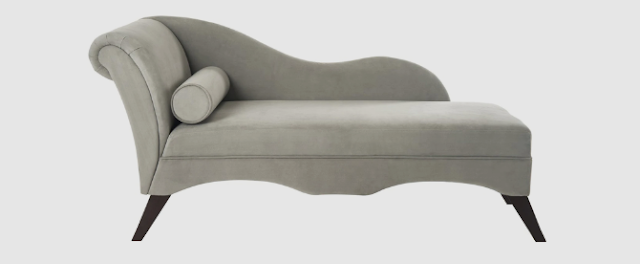Leather Sofas: Coda’s Expert Guide to Choosing and Maintaining Your Perfect Sofa
Leather sofas are a quintessential symbol of luxury and durability in home decor. They combine timeless elegance with practical benefits, making them a popular choice for many homeowners. In this comprehensive guide, Coda explores why leather sofas are so highly regarded, the different types available, and essential tips for maintaining them to keep them looking their best.
The Timeless Elegance of Leather
Leather sofas are known for their sophisticated look and feel. The natural sheen and smooth texture of leather create a sense of refinement that can elevate any living space. Unlike fabric sofas, which may be subject to changing trends, leather has a classic appeal that remains stylish through the years.
One of the most attractive qualities of leather is its ability to develop a unique patina over time. As leather ages, it acquires a distinctive character through natural wear and tear. This process enhances the leather's depth and richness, making each sofa a one-of-a-kind piece that grows more beautiful with age.
Understanding Different Types of Leather
When choosing a leather sofa, it’s important to understand the various types of leather available, each offering distinct characteristics and benefits:
Full-Grain Leather: This is the highest quality leather available, made from the top layer of the hide. It retains the natural grain and imperfections, making it exceptionally durable and visually appealing. Full-grain leather develops a rich patina over time, adding to its unique charm.
Top-Grain Leather: Slightly more processed than full-grain leather, top-grain leather is sanded to remove surface imperfections. While it lacks some of the natural texture of full-grain leather, it is still a high-quality option that provides a smooth, elegant finish. Top-grain leather is often used in premium furniture.
Split-Grain Leather: This leather is derived from the lower layers of the hide and is generally less durable than full-grain or top-grain leather. It is often used in more affordable furniture and may not age as gracefully, but it still offers a decent appearance for a lower price point.
Bonded Leather: Made from leather scraps and fibers bonded together with a polyurethane coating, bonded leather is the most budget-friendly option. While it lacks the durability and luxury of natural leather, it can be a suitable choice for those on a tight budget.
The Advantages of Leather Sofas
Leather sofas offer several benefits that contribute to their lasting popularity:
Durability: Leather is renowned for its strength and longevity. A well-constructed leather sofa can endure years of use and maintain its appearance. It resists tears, punctures, and general wear, making it ideal for households with children or pets.
Easy Maintenance: Cleaning leather is relatively straightforward compared to fabric sofas. Spills can be wiped away quickly, and regular dusting helps keep the sofa looking its best. Additionally, leather does not trap dust or allergens, which can be beneficial for those with allergies.
Versatility: Leather sofas are available in a wide range of colors and styles, making it easy to find one that fits your décor. Whether you prefer a sleek modern look or a more traditional design, there’s a leather sofa to match your taste.
Temperature Regulation: Leather naturally adapts to the temperature of the room, providing a cool surface in summer and a warm one in winter. This makes leather sofas comfortable throughout the year.
Caring for Your Leather Sofa
To ensure your leather sofa remains in excellent condition, proper care is essential. Here are some tips to help you maintain its beauty:
Regular Cleaning: Dust and dirt can damage leather over time. Use a soft, dry cloth to dust your sofa regularly. For deeper cleaning, apply a leather cleaner that is suitable for your type of leather. Always test any cleaner on a small, hidden area before use.
Conditioning: Leather can dry out and lose its natural oils. To prevent this, use a leather conditioner every 6-12 months. Conditioning helps keep the leather supple, enhances its shine, and prevents cracking.
Protect from Sunlight: Direct sunlight can cause leather to fade and become brittle. Place your sofa away from direct sunlight or use curtains to shield it from UV rays.
Address Spills Promptly: Clean up spills as soon as they occur to prevent staining. Blot the area with a clean, dry cloth and avoid rubbing. For stubborn stains, use a leather-specific cleaner designed for your type of leather.
Rotate Cushions: If your sofa has removable cushions, rotate them regularly to ensure even wear and prevent uneven fading.
Choosing the Right Leather Sofa
Selecting the right leather sofa involves considering your lifestyle, design preferences, and budget. While leather sofas can be a significant investment, their durability, ease of maintenance, and timeless appeal often make them worth the cost. Whether you’re redecorating your living room or choosing your first sofa, leather offers a sophisticated choice that will continue to look and feel great for years to come.
In conclusion, leather sofas combine luxury with practicality, making them an excellent choice for any home. By understanding the different types of leather, appreciating their benefits, and following proper care guidelines, you can enjoy a beautiful and functional piece of furniture that enhances your living space and provides lasting value.



Comments
Post a Comment